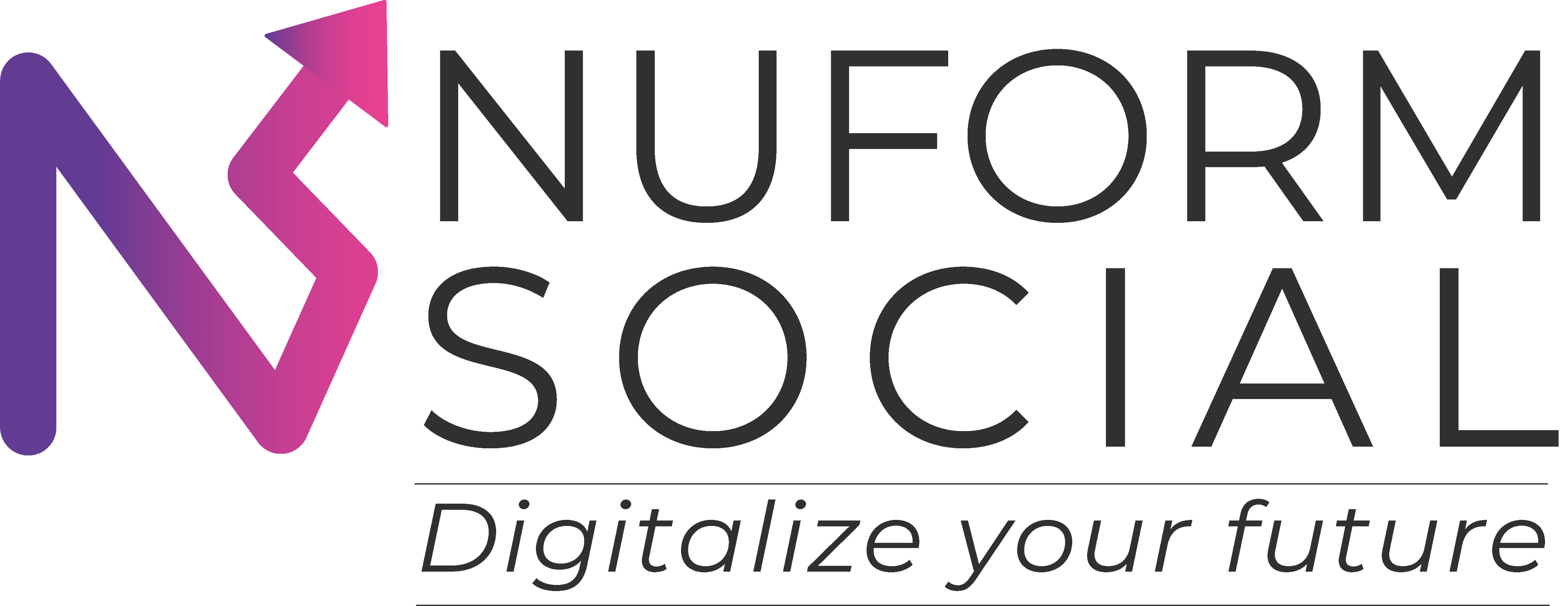Keyword Match Types Made Simple: The Ultimate Beginner's Guide (No Paid Tools Needed!)
Ever feel like you’re throwing money into Google Ads without knowing where it’s going? Or maybe you’re creating SEO content but can’t figure out why it’s not ranking? The secret often lies in one underused, misunderstood weapon: keyword match types.
These little settings can make or break your ad campaign. And if you’re not using them right or not using them at all, you are probably bleeding reach, relevance or worse, ad budget.
The good news? You don’t need expensive software to master them. This guide breaks down everything you need to know about keyword match types, how they work for PPC, what they mean (or don’t) for SEO, and how to build smart, high-converting campaigns using only free tools.
Let’s get into it.
What Are Keyword Match Types (And Why You Should Care)?
In Google Ads, keyword match types decide which search queries will trigger your ads. Think of them as precision tools:
- Want to cast a wide net and get more eyeballs? Go broad.
- Want to hit specific searches and drive high-intent clicks? Go exact.
The match type you choose impacts how much you spend, how relevant your traffic is, and how many conversions you get.
Now here’s the twist: SEO doesn’t use match types but understanding them can still help you write content that aligns with user intent, which is exactly what Google cares about.
Let’s Break Down the 3 Main Match Types
1. Broad Match
This is Google Ads’ default and wildest match type. Your ad will show for searches that are related, even if the person never typed your exact keywords.
Example: You use the keyword interior paint. Your ad could show for:
- “best wall colours”
- “paint for living room”
- “interior decor ideas”
Pros: Massive reach
Cons: Low relevance, high risk of wasted clicks
Use it for: Discovery campaigns (just don’t forget to monitor closely)
2. Phrase Match
Your ad appears when someone searches for the meaning of your keyword, often in the same order.
Syntax: “interior paint”
Examples:
- “buy interior paint online”
- “interior paint for kids’ room”
Pros: Great balance of reach and relevance
Cons: Might still show for semi-related searches
Use it for: Mid-funnel campaigns
3. Exact Match
Your ad appears only when someone searches for your exact keyword or a close variant.
Syntax: [interior paint]
Examples:
- “interior paint”
- “paint for interior”
Pros: Maximum control and relevance
Cons: Least reach
Use it for: Conversion-focused campaigns
Negative Keywords = Your Campaign’s Gatekeeper
Ever had your ad pop up for something totally unrelated? That’s where negative keywords save the day.
They tell Google what not to show your ad for.
Let’s say you sell interior paint but not chalkboard paint. Add “chalkboard” as a negative keyword, and boom—no more wasted clicks.
Types of Negative Match:
- Broad Negative: Blocks if all terms are in the query (in any order)
- Phrase Negative: Blocks if exact phrase appears
- Exact Negative: Blocks only the exact query
Pro Tip: Review your search terms report weekly and update your negatives. It’s the easiest way to protect your budget.
Match Type Comparison: Reach vs Relevance
Here’s how the match types stack up:
Match Type | Reach | Relevance | Syntax | Example |
Broad | High | Low | none | interior paint |
Phrase | Medium | Medium | keyword | interior paint |
Exact | Low | High | [keyword] | [interior paint] |
General Rule:
- Broad = For discovery
- Phrase = For targeting
- Exact = For conversions
Running Smart PPC Campaigns Without Paid Tools
No budget for tools like SEMrush or Ahrefs? No stress. You can still crush your PPC campaigns using only free tools.
Use These:
- Google Keyword Planner (still the OG)
- Google Trends (track what’s rising)
- Autocomplete & People Also Ask (great for intent clues)
Then group your keywords:
- Branded terms (e.g., “Asian Paints”)
- Product-specific (e.g., “eco-friendly paint”)
- Competitor terms (e.g., “Berger vs Asian Paints”)
Clean your list manually to remove ambiguity and irrelevance.
Prevent Keyword Cannibalization (Yes, It’s a Thing)
Don’t let multiple ads or pages compete for the same keyword.
Here’s how:
- One keyword = one ad group
- Segment ad groups by theme or funnel stage
- Use cross-group negatives to keep things clean
SEO Doesn’t Use Match Types, But Intent Still Rules
Match types are only for PPC, but SEO is all about relevance and intent. Google looks at:
- On-page keyword use (titles, headings, body)
- Content structure and readability
- Engagement (time on page, bounce rate)
So while you’re not “matching” in the PPC sense, your content still needs to match what people are looking for.
SEO Keyword Strategy Without Paid Tools
Let’s build SEO content that ranks, no subscriptions required.
Use These Free Sources:
- Google Keyword Planner
- Search Autocomplete
- People Also Ask
- Related Searches
Key Metrics to Watch:
Metric | Why It Matters | For |
Search Volume | Demand indicator | SEO & PPC |
CPC | Value of the term | PPC |
Difficulty | Ranking competition | SEO |
Intent | Are people buying or browsing? | Both |
Final Takeaway: You Don’t Need Paid Tools to Win
Whether you’re launching your first Google Ads campaign or writing your 50th blog post, understanding keyword match types gives you the edge.
- Use broad match to explore
- Use phrase match to refine
- Use exact match to convert
- Use negative keywords to protect your budget
- Use free tools to unlock insights
Your strategy doesn’t need to be expensive, it just needs to be smart.
Quick FAQs
1: Do match types affect SEO?
Nope. SEO is all about context and quality, not syntax.
2: Best match type for beginners?
Phrase match. It’s the Goldilocks zone of PPC.
3: Can I do this without tools?
100% yes. Google’s own free tools are powerful if you know how to use them.
4: Should I mix match types?
Yes! Just keep your ad groups organized and clean






